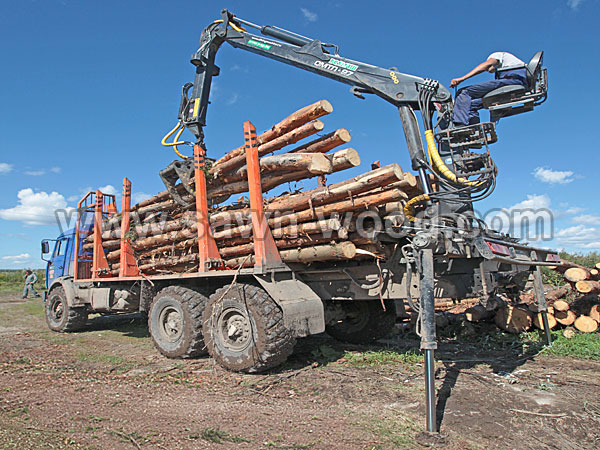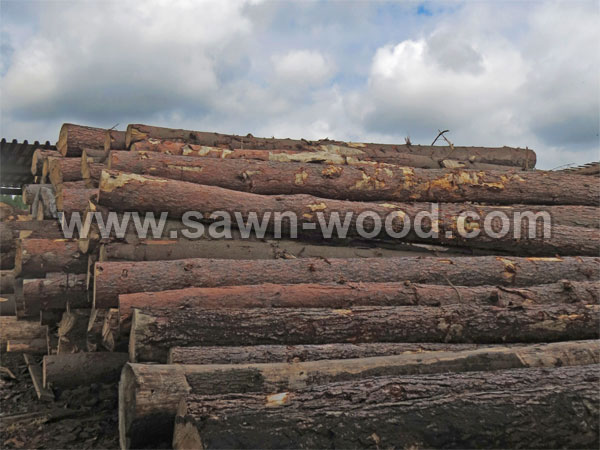Timber is all sawn products, obtained by a longitudinal or cross-cut whole logs into several parts. Products derived from wood processing, to classify sawnwood, wood parts and blanks (this class includes only fully processed materials).According to statistics, quality timber obtained only 65% of the full processing of wood. The remaining 35% are presented in the form of ordinary waste (sawdust, chips), which are often used for making fiberboard, particleboard and MDF boards.
Classification of lumber
All lumber, depending on their size characteristics are divided into bars, sticks, sleepers, planks and croaker. With the advent of new technologies for processing a number of varieties of sawn wood are growing rapidly. After sawing logs can get bars, slabs and boards thatare each of them have one or more planes.As a result, processing of wood, usually obtained at the output of skirting, architraves, boards and other boards such as these. After applying the glue can get glued timber, furniture boards and logs.
Types of lumber
The thickness of the bars should not exceed one hundred millimeters, and their minimum allowable width should be two thicknesses.
If such products are thicker, they are called bars; their range of application is much wider than that of small bars.
Board width must exceed twice the thickness. Standard thickness can range from sixteen to one hundred millimeters. Board divided into edged and unedged. Edged board is characterized in that it has four flat-treated faces. Board is commonly used for the production of furniture products and obtains other lumber (boards, baseboards, etc.) as a result of special treatment.
Flitch: this is such a timber having a sawn surface of the two. In other words, it represents the first and last saw cut logs.
Rails:are subtle flat sticks, similar to the plank and strip, only the second, unlike rails are flat rectangular cross section strict.
Sleepers: a special type of timber used for only one purpose laying railroad for the movement of trains.
Depending on the product processing, timber can be classified into edged, unedged and edged unilateral. Unedged are those boards in which one of the side surfaces is a crude surface of the log.Apply such materials are not too often, only in those places where there are no special requirements for appearance. Besides, unedged boards can easily turn into other, using special processing or slicing. Edged called such boards that have four straight propylene surface.
Timber edged type gained great popularity in the construction, since their installation is very easy, and they do not require additional processing, because all four of their faces have a smooth and even surface. Of course, in terms of cost, such boards are more expensive than similar unedged.
Depending on what part of the logs produced cut, sawn timber are lateral, central and core. Getting sideboards made between the side and the core area. Such board is easy to handle, and they have virtually no visible flaws. In general, the side boards are the high-quality material in this division. Central board is the result of longitudinal cutting core logs.Most of the layers is sawn, so that such boards are subjected in less stress cracking than the board core. Medullary boards are the most thick (minimum thickness is typically 40 mm), cut out and blocked, accordingly, of thick logs. The quality of this wood is poor; this is largely due to the abundance of knots in it.
Also, a frequent occurrence for medullary boards considered crack. And the strength of such boards is the lowest of all the species. Therefore, boards in this category is not recommended for creating important, bearing structures that caused their lack of strength.
Features of storage timber
Every second buyer of lumber kept asking where they can and should be stored? As a result of compliance with all requirements of proper storage timber retain all the basic useful properties. Storage timber should only be on a raised above the ground surface, and moreover, it should be smooth.
Boards are placed in separate stacks, layers which are laid in small strips and stacks recommended to put a certain distance from each other. This ensures optimum air circulation, which will prevent the formation of harmful bacteria and decay processes. Also, it is desirable to cover the pile with a protective film, or any other similar coating material to protect against the adverse effects of precipitation.As a result, materials will remain dry at all times during storage. Boards that were originally intended for covering the outside of the building, the experts recommend stored in places similar to the future conditions of their operation. Before starting the construction work itself, it is necessary to remove the purchased timber factory packaging.
You know one important rule: «The more time timber stored outdoors, the more they lose their important properties for the construction,» so it is better to buy a few days (up to 1 month) prior to their use. If the purchased timber will be used subsequently indoors, they are, on the same principle, it is better to store some time in those (or similar) humidity indicators that will in their application.
Hopefully, now that you know almost all of lumber, species, how properly selected and stored.

